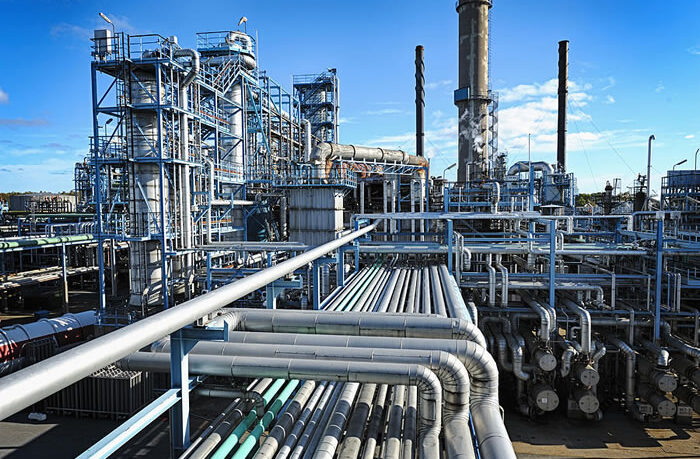Nigeria is facing some challenging times getting buyers as the country’s crude for May loading has been very slow, with more than half of the scheduled cargoes yet clear.
So far, more than 30 of Nigeria’s cargoes are still looking for buyers, according to traders specialising in West African crudes.
A total of at least 53 are scheduled to load from Nigeria next month, according to data compiled by Bloomberg, and most of the consignments are one million barrels.
The country’s crude cargoes can be openly traded into either Asia, Europe or even the US, making the pace of sales a closely watched market detail.
Demand for Nigerian oil has been curbed by heavy refinery turnarounds in Europe that created an excess of April barrels going into the current May trading cycle, the people said.
Competitive rival producers in the Mediterranean have also cut into Nigeria’s sales, the people said.
The country’s sales also have to contend with higher freight costs and premium prices for more-immediate supplies.
By contrast, sales of Angola’s May-loading crude have been fairly steady, with only five or six out of the 34 planned shipments still available.
The country’s crude benefited from good demand from buyers in Asia like China and India, the people said.
The International Energy Agency(IEA), also cited strong demand for Angolan barrels in India in its monthly report.
The Organisation of Petroleum Exporting Countries(OPEC)+ crude output was once again above target in March, as serial overproducers Iraq and Kazakhstan continued to exceed their pledges. Kuwait and Gabon were last month’s other notable overproducers.
March production from members subject to targets rose by 70,000 b/d to 34.59mn b/d, according to Argus estimates, leaving the alliance 270,000 b/d above its goal (see table). The gap would have been wider were it not for a war-related decline in output from non-OPEC members Sudan and South Sudan.
OPEC+ has been cutting production since November 2022 in a self-described attempt to support and balance the oil market. A new round of ‘voluntary’ reductions by several members came into force in January this year and is due to run until the end of June.
The group is not relaxing its stance on production discipline, despite front-month Ice Brent crude futures moving above $90/bl for the first time in around six months in early April. Earlier this month, OPEC’s Joint Ministerial Monitoring Committee, which oversees compliance with the coalition’s crude production cuts and studies market dynamics, said members that overshot targets in the first quarter of this year will submit plans to compensate.
“Participating countries with outstanding overproduced volumes for the months of January, February and March will submit their detailed compensation plans to the OPEC secretariat by 30 April 2024,” the secretariat said.
The nine OPEC members bound by targets were 400,000 b/d above their combined production pledge in March, while the nine non-OPEC members of the alliance were 130,000 b/d below.
Iraq reduced output by 50,000 b/d in March after burning less crude for power generation, but it was still 180,000 b/d over its 4mn b/d target. To allay concerns, Baghdad last month pledged to drive its crude exports down to 3.3mn b/d, although state-owned marketer Somo reported exports of 3.42mn b/d for March.
Like Iraq, Kazakhstan has vowed to comply with its pledges and compensate for overproduction in January and February, but it made no progress last month — output was unchanged at 1.59mn b/d, which was 120,000 b/d above target.
Others that overshot the mark last month include Kuwait, where production rose by 40,000 b/d to 2.51mn b/d, leaving the country 100,000 b/d above its pledge. Kuwait overproduced by around 70,000 b/d on average in the first quarter.
Fellow Opec member Gabon exceeded its March quota by 80,000 b/d. Saudi Arabia and the UAE, which have shouldered much of the burden of the group’s collective cuts over the past 16 months, were slightly above target last month too, after increasing output by a respective 30,000 b/d and 20,000 b/d.
Nigeria’s May Crude Export Challenged By Europe’s Refinery Turnarounds
Share.




